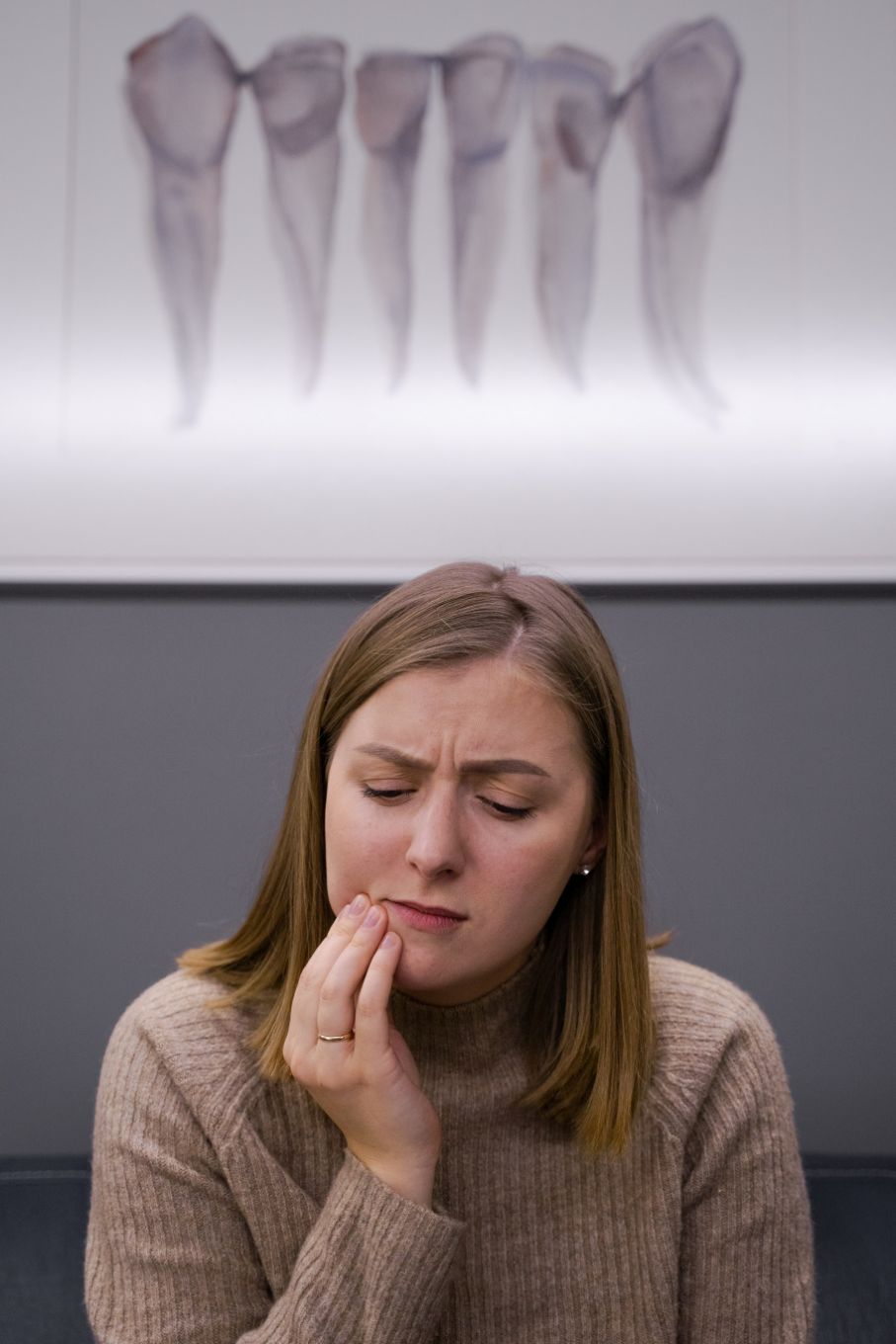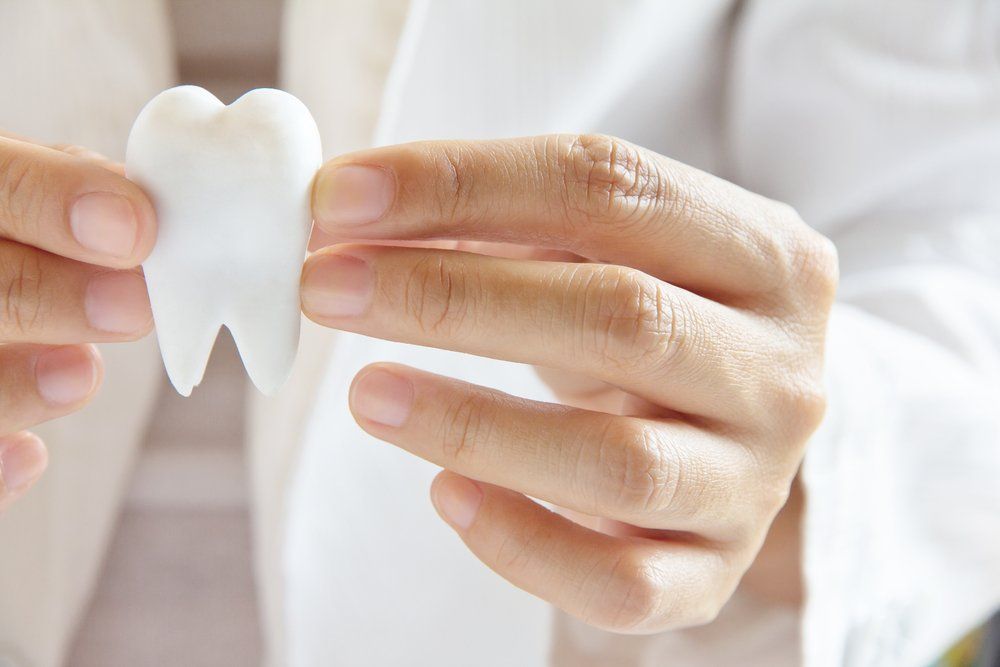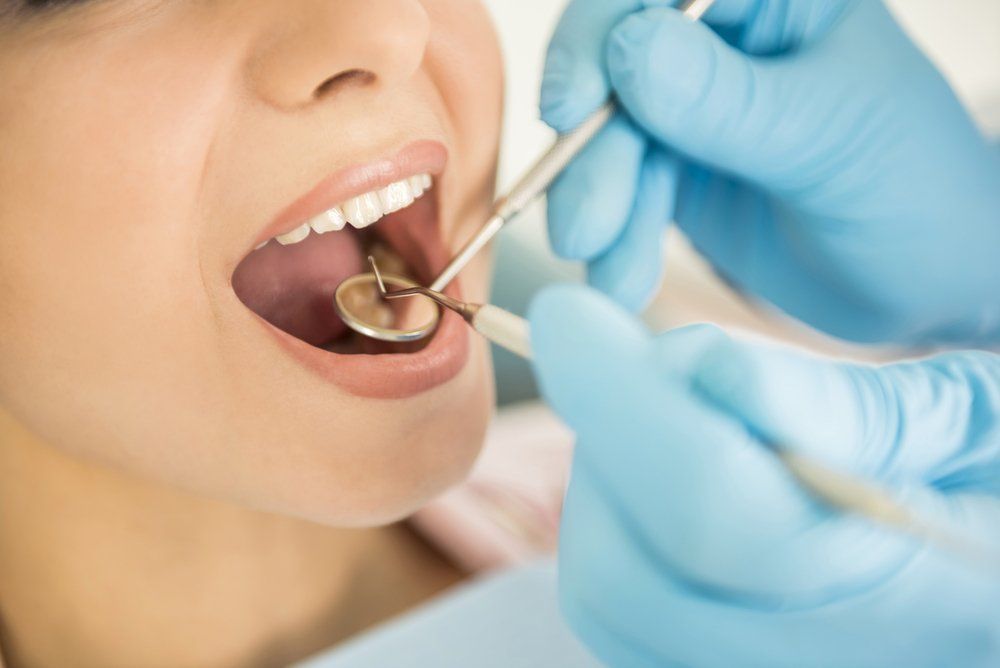We Treat Cracked Tooth Syndrome in Cairns
- Comprehensive Dental Care
- Gentle & Family-Friendly Approach
- Advanced Technology & Preventative Focus
- Pay Later Options Available
Request a Callback
Dealing With a Cracked Tooth?
Cracks are a common problem that most often affects teeth with multiple fillings. Decay and the subsequent weakening of the tooth structure can occur from this issue. A hairline fracture most often develops from tooth stress—grinding and abrasive biting and can be prevented with night splints and avoidance of hazardous food objects such as pork crackling, nuts, frozen food and seeded fruit.
At the first sign of a crack, it is best to see your dentist immediately. A small crack can often be repaired with a simple filling. However, if the crack is left untreated, it can eventually lead to a more serious problem, such as a fracture or infection.
The Dentist Cairns Dental Group can help you with cracked tooth syndrome. Contact us today to make an appointment.
Frequently Asked Questions
Treatment for Fractured Teeth
At your appointment, your dentist will first assess the severity of the crack and determine the best course of treatment. If the fracture is minor and does not extend below the gum line, a simple filling may be all that is required.
For more severe cracks, your dentist may recommend a crown or other types of dental restoration. In some cases, the tooth may be so damaged that it needs to be extracted.
After the procedure, you will need to take care of your teeth and gums as directed by your dentist. This may include avoiding hard and chewy foods, using a special toothbrush or mouth rinse, and/or wearing a nightguard to prevent grinding.
If you have a cracked tooth, don’t delay in seeking treatment. The sooner you see your dentist, the less extensive the damage is likely to be.


















